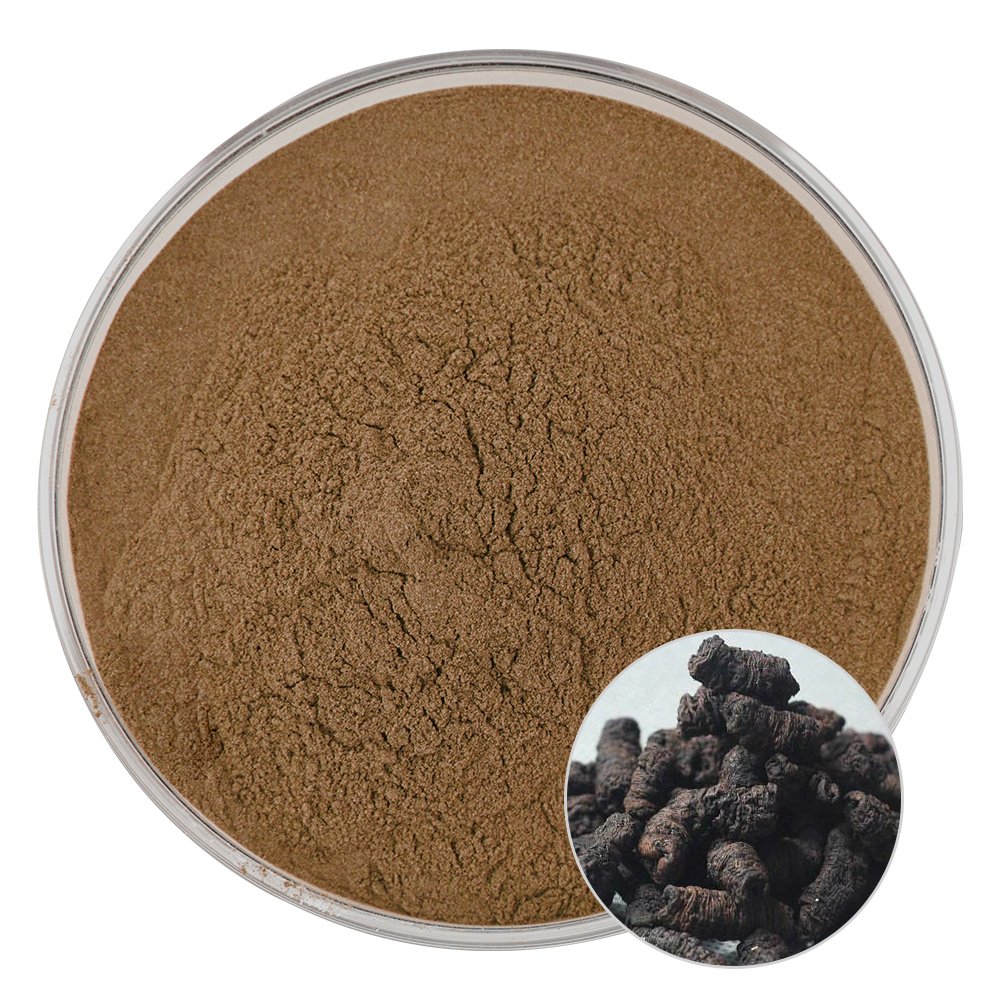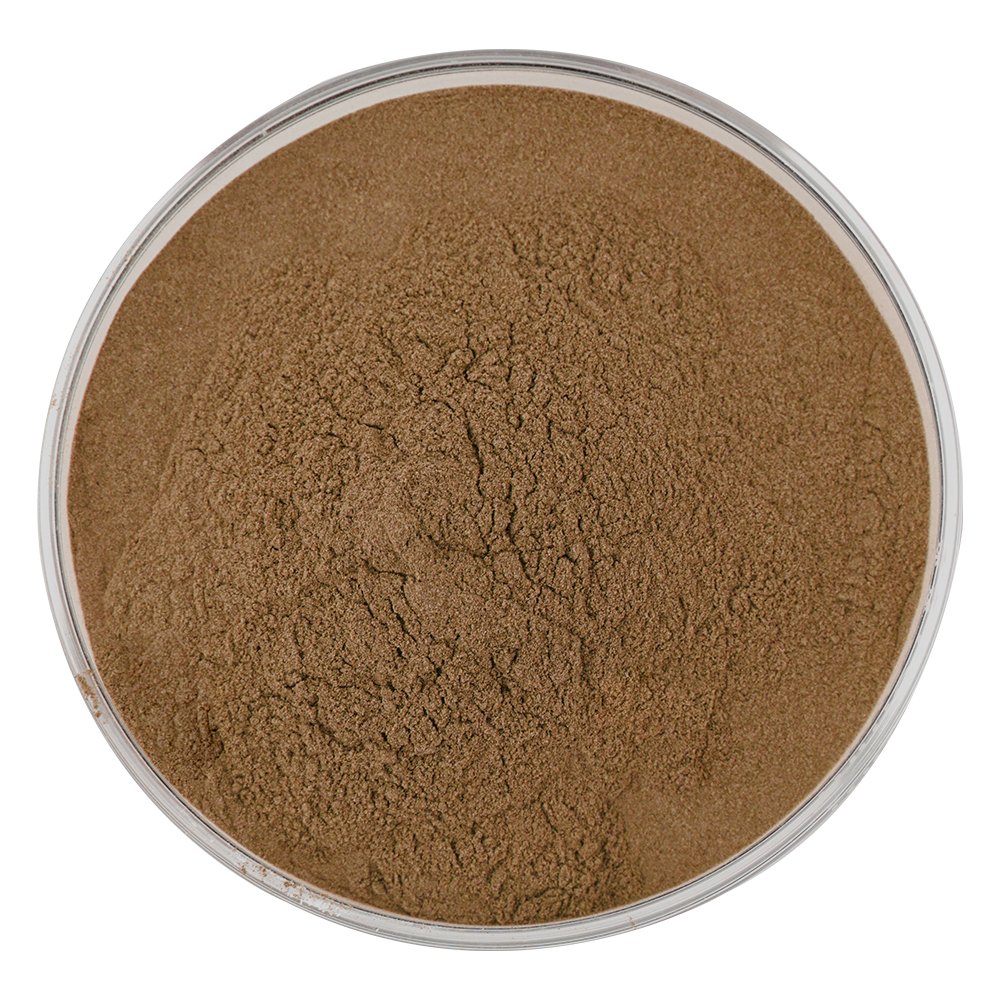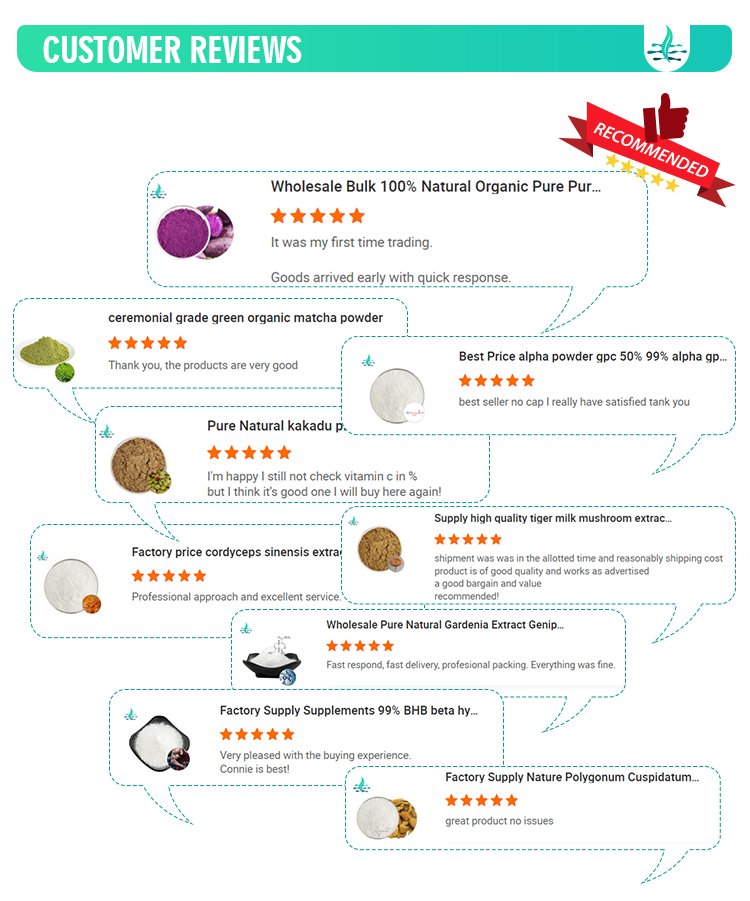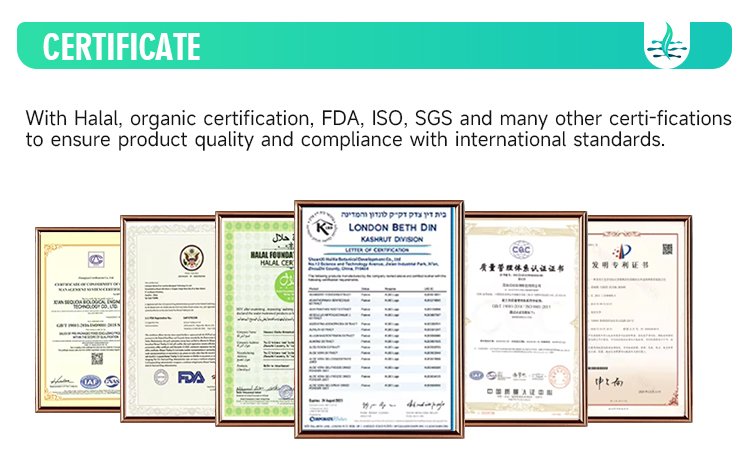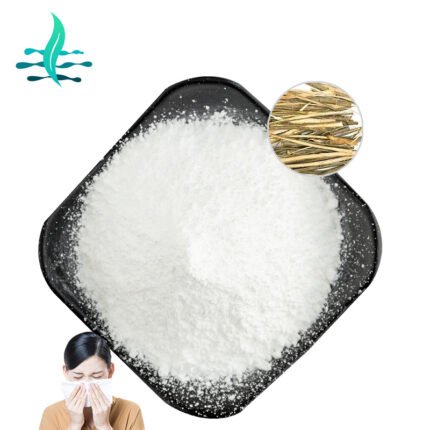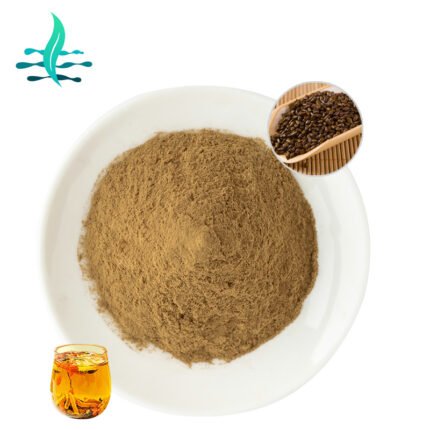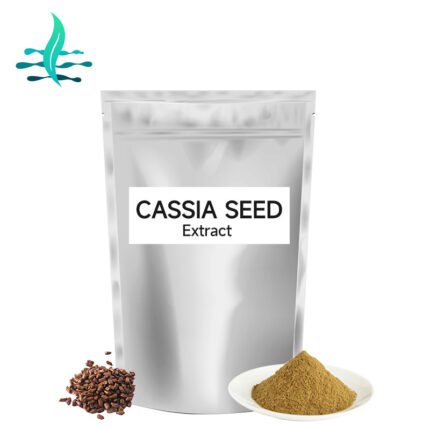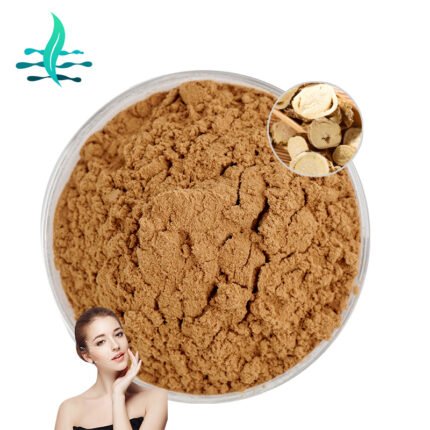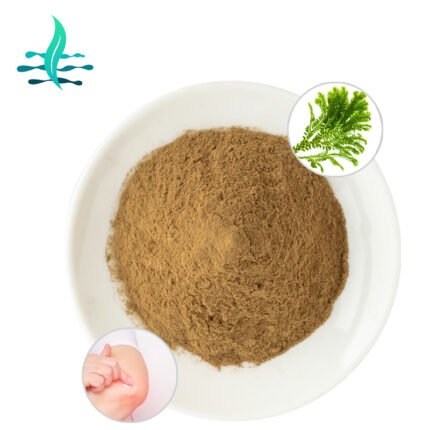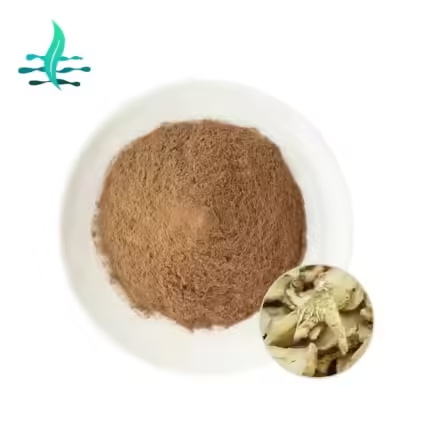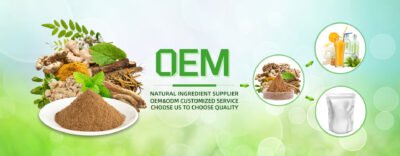
Medicinal properties
The root of Morinda officinalis is flat and cylindrical,
slightly curved, of varying lengths, with a diameter of 1~2 cm.
The surface is grayish yellow or dark gray, with longitudinal and transverse cracks,
and the cortex sometimes breaks off horizontally, exposing the wood, which is in a knotty shape.
It is tough, with thick cortex in cross section, purple or lavender, and easy to peel off from the wood,
and the wood is yellow-brown or yellow-white.
It is odorless and tastes sweet and slightly astringent.
Chemical composition
The extract of Morinda officinalis mainly contains anthraquinone, flavonoid compounds,
as well as methyl isorubiarin, methyl isorubiarin 1-methyl ether, naphthoquinone compounds, β-sitosterol,
physcion methyl ether, 2-OH-3-CH2OH anthraquinone, palmitic acid, nonadecane, crystal orchid glycoside,
tetraacetyl phylloside, 2-methyl anthraquinone, 24-ethyl cholesterol, and various elements such as iron,
manganese, and zinc.
In addition, it also contains flavonoid steroids, triterpenoids, amino acids, organic acids and cardiac glycosides.
Efficacy and effects
Anti-rheumatic: It has the effect of removing rheumatic pain, and can be used to treat rheumatic pain, weakness of muscles and bones and other symptoms.
Improve blood circulation: It can promote blood circulation, and help improve the discomfort caused by insufficient blood supply to the cardiovascular and cerebrovascular systems, such as dizziness, headache, chest tightness, etc.
Anti-fatigue: Morinda officinalis also has an anti-fatigue effect and can improve fatigue.

